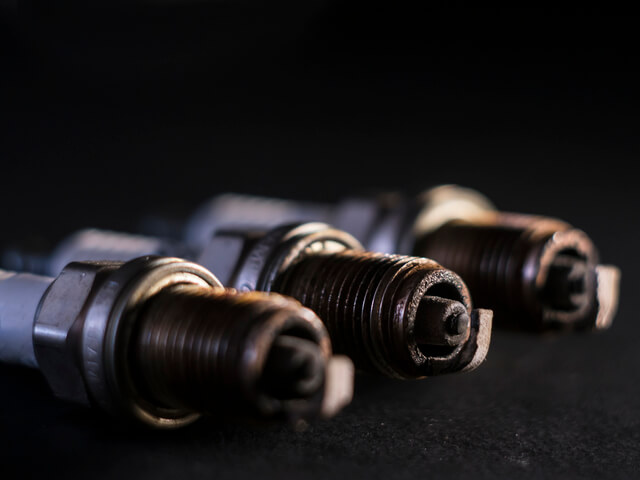The E4OD transmission is a popular gearbox used primarily in heavy-duty Ford F150, F250, F350, and Bronco models. E4OD solenoid packs control fluid flow through rebuilt E4OD transmissions to accommodate fluent shifting. Suppose the solenoid pack is excessively worn or malfunctioning. In that case, it can cause the automatic transmission to shift gears unexpectedly or not, which can be deadly if travelling down the highway at 70 MPH. Let’s discuss E4OD bad shift solenoid pack symptoms & DIY fixes.
Continue reading to learn about the common symptoms of a dysfunctional E4OD solenoid pack, some DIY diagnostic tips you can use to determine if yours needs serviced or replaced, and the best ways to ensure your E4OD transmission and solenoid pack stay in fluent working order.
Your safety is hugely important!
Symptoms of a Bad Solenoid Pack E4OD
The most common E4OD solenoid problems involve irregular, unpredictable gear shifting. Let’s take a closer look at some scenarios you may experience if your E4OD solenoid pack isn’t functioning properly.
The check engine light is lit up.
Your E4OD transmission control module (TCM) is responsible for constantly monitoring the operational state of the gearbox and its related components. If the torque converter, solenoid, or any related electrical circuits are damaged, malfunctioning, or broken, the TCM will signal for the Check Engine light to come on. This is an obvious clue that your vehicle needs diagnosis and repair.
Irregular gear shifting or slippage
A transmission solenoid is responsible for regulating hydraulic fluid pressure inside the gearbox. If the solenoid is not functioning correctly, it can result in a lack of pressure inside the transmission, leading to the E4OD shifting hard, soft, or delayed.
The vehicle cannot shift gears.
A malfunctioning E4OD solenoid can also cause the transmission to not shift gears or remain stuck in Neutral. This can occur when the internal fluid pressure is insufficient to activate the desired gear.
The vehicle enters “Limp Mode.”
Limp Mode is a built-in safety feature that forces the transmission to remain in either 2nd or 3rd gear to limit the speed of the vehicle, letting you know that service is needed ASAP. This disallows the possibility of you flying down the highway and abruptly shifting the transmission into low gear.
Common DIY Diagnostics of E4OD Solenoid Pack Symptoms
Diagnosing E4OD bad shift solenoid symptoms and E4OD transmission problems can be challenging for many drivers. It requires a code reader to understand the codes that the vehicle reports about the improper shifting paradigm.
Novice mechanics may need professional assistance to properly evaluate the solenoid and understand the results achieved. The issue may stem from the solenoid, but it can also result from a malfunctioning TCM, damaged internal wiring, or another mechanical issue.
There’s good news, though!
Most problems with E4OD solenoids stem from the need to simply empty, flush, and refill the transmission with new hydraulic fluid. In many cases, this solves the problem, the check engine light goes out, and the transmission returns to normal functioning.
If you flush the gearbox and refill it with fresh fluid and the problem remains, the solenoid may need to be replaced, or there could be another issue at hand not related to the solenoid (like damaged wiring or a malfunctioning TCM). In this case, it’s probably better to seek professional assistance from a skilled transmission mechanic.
Not all E4OD solenoids can be replaced. Some are built into the transmission’s valve body. It is responsible for delivering hydraulic fluid to the gearbox’s various valves to accommodate fluent clutch activation, allowing gear shifting. If your solenoid is embedded in the valve body, you won’t be able to feasibly service it. It’s easier and better, in this case, to replace the entire valve body unit.
Be aware that the TCM may need to be reprogrammed afterwards whenever you make any repairs to fix a shifting problem due to the solenoid, wiring, or TCM problems.
Summary
In many cases, a quick and simple transmission fluid flush and refill can remedy gear shifting problems. Of course, solenoids can wear out, get damaged, or be otherwise compromised, making replacement necessary. Routine preventative maintenance, as outlined in your vehicle’s owner’s manual, will help to avoid this problem. Diligence about routine maintenance is the key!







